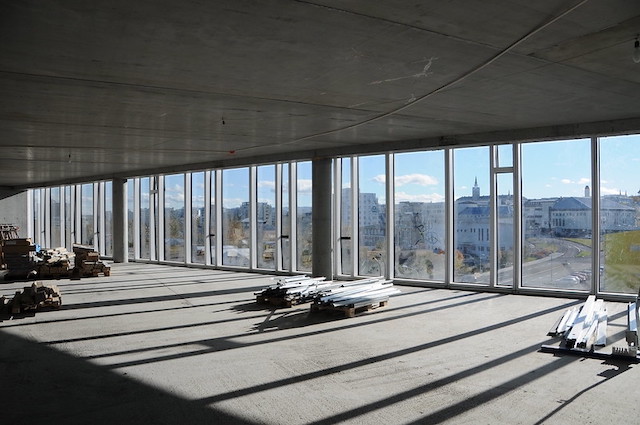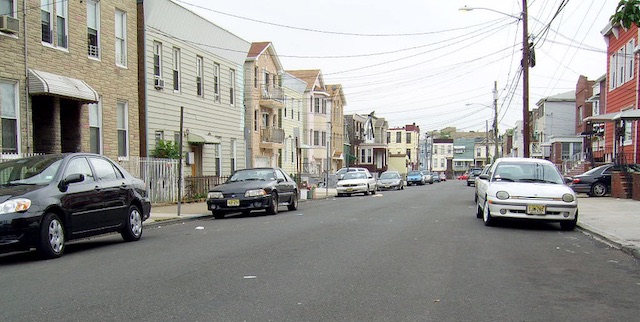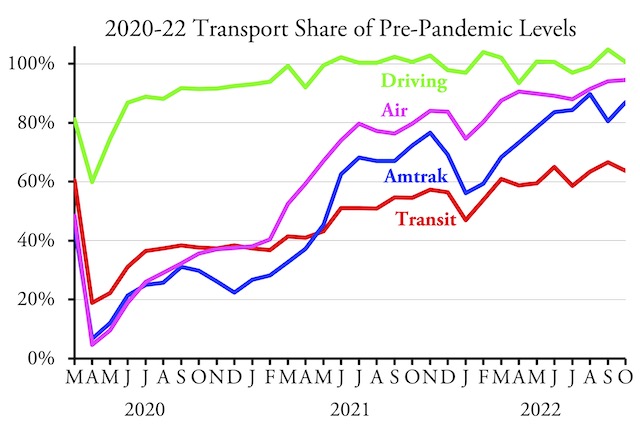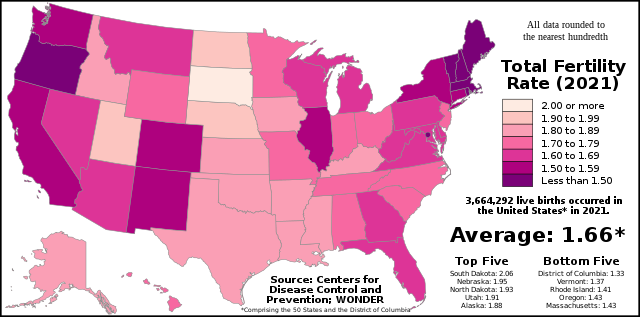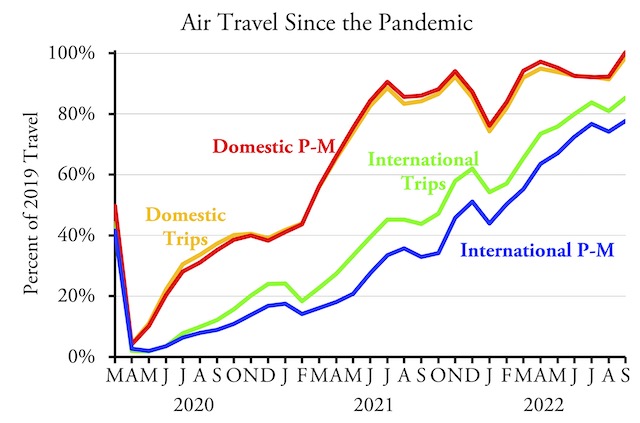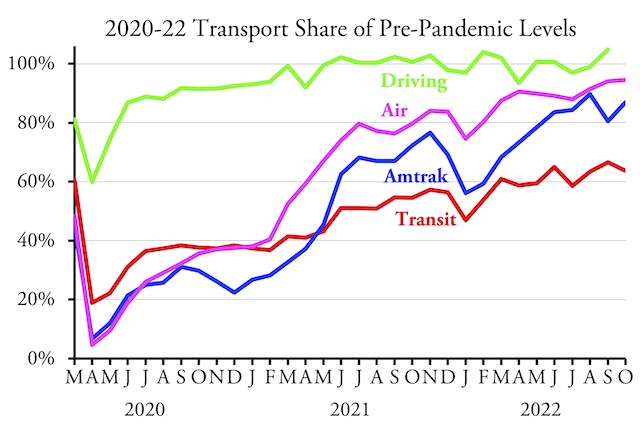An on-line site called the Dumber, er, I mean Intelligancer says that, for cities to survive, developers must be allowed to convert office buildings into housing. There are a lot of problems with this recommendation.
Your former office today. Photo by Tomi Knuutila.
There are a lot of problems with this recommendation. First, both people and jobs are moving away from the cities, so who is going to want to live in former office buildings anyway? Second, office buildings are not designed for human habitation, so converting them will be expensive, probably far more expensive than the single-family homes people are moving to. Third, if cities allow such conversions, and they don’t happen, you know what the next step will be: cities will begin subsidizing such conversions. Continue reading

